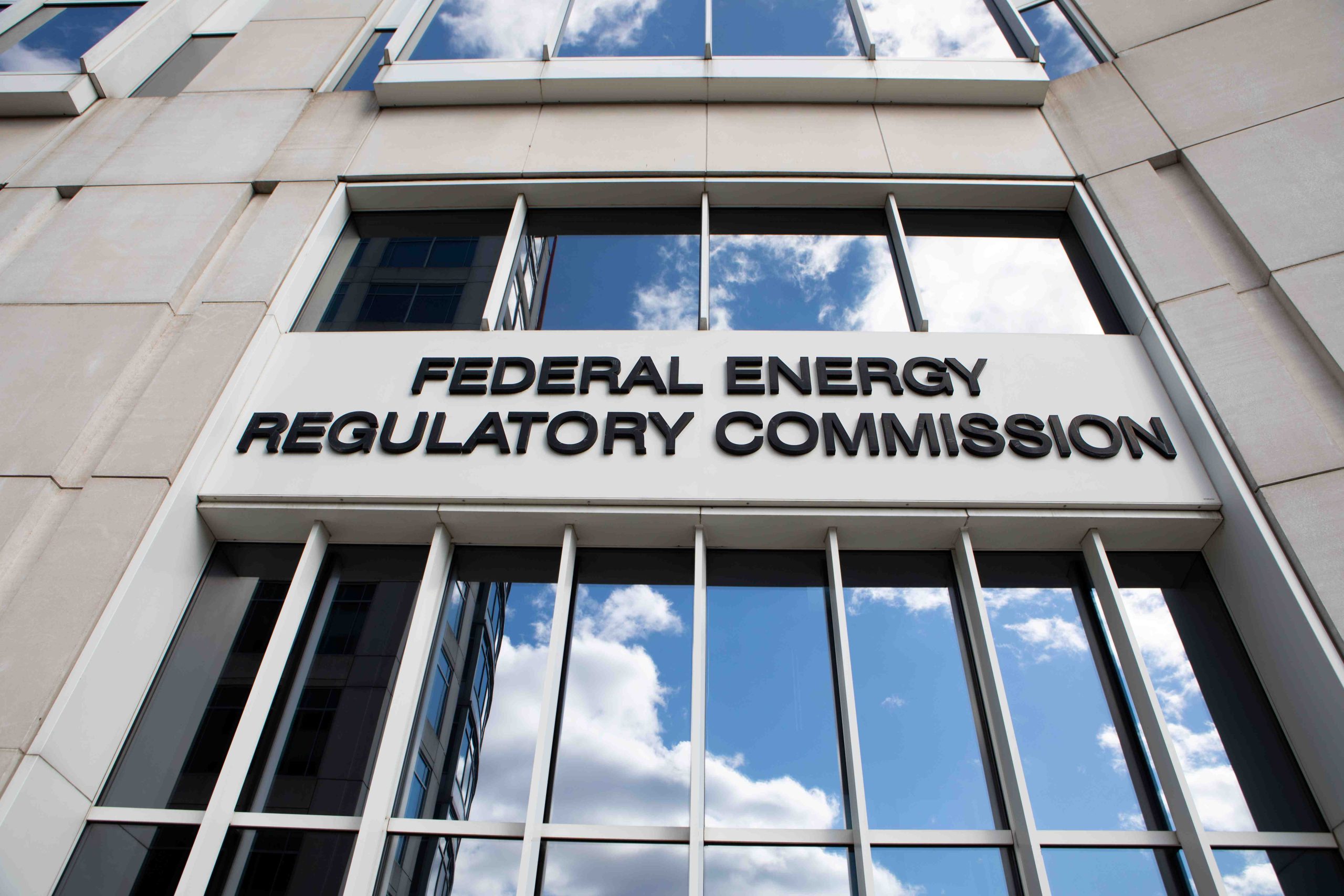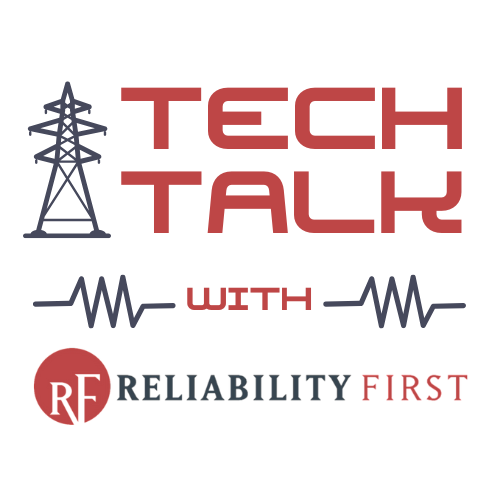
State Energy Insights: April 2025
Grid Reliability and Regulatory Updates from ReliabilityFirst
Upcoming Events

April 17, 10-11 a.m. ET | FERC Open Meeting
The Federal Energy Regulatory Commission (FERC) will hold an open meeting on Thursday, April 17. There will be a webcast link available on the FERC website.

April 21, 2-3:30 p.m. ET | Tech Talk with RF
Join us for our next Tech Talk on April 21, where we’ll have a presentation on nuclear energy’s place in supporting grid reliability by Idaho National Laboratory Distinguished Researcher Timothy McJunkin. This is particularly relevant given the large load growth the grid is seeing, which has led to momentum for some nuclear plants being restarted and potentially increasing the unit capacity at existing plants.
News & Updates
 FERC Chairman Christie shares thoughts on rising demand and resource adequacy
FERC Chairman Christie shares thoughts on rising demand and resource adequacy
FERC issued a press release sharing that Chairman Mark Christie appeared on the Platt’s S&P Global Energy podcast to discuss the challenge of rising power demand across the country.
Christie explained FERC’s statutory role and reliability responsibilities and stated that AI and data centers are causing an increase in demand at a pace not seen in decades. He went on to state that dispatchable resources such as coal and natural gas are being retired, and new resources are not coming online as quickly as needed.
Christie also discussed his thoughts on the electricity markets and how they relate to resource adequacy issues. There was discussion on how to protect consumers from paying too much for transmission, and Christie stated that transmission projects should be built to serve consumers but should not be overbuilt. He noted that local transmission projects (contained within a single utility) are seeing large growth and raised the question of whether these projects are being vetted to see if they are all necessary.
 FERC issues 2024 State of the Markets Report
FERC issues 2024 State of the Markets Report
FERC staff recently issued its annual State of the Markets Report for 2024. The report states that electricity demand increased across all the regional transmission organizations and independent system operators (RTOs/ISOs) by 2.8% in 2024, and forecasts that electric loads will increase by 132 GW by summer 2029 and 149 GW by winter 2029.
Also of note is its report on the changing resource mix, with coal decreasing by 3.3%, utility-scale solar increasing by 32%, and wind increasing by 7.7% compared to 2023. The report states that capacity prices have gone up in both PJM and MISO, and that natural gas prices have gone down slightly (except for in the Northeast).
The report also cites NERC’s 2024 Long-Term Reliability Assessment’s statement that the loss of thermal generators and replacement by solar, battery, and hybrid resources may pose future reliability concerns. Regarding transmission, the report states that more than 450 new transmission projects entered service in 2024 across the U.S. The full report is available here.
 House Energy and Commerce Subcommittee Hearing – Keeping the Lights On: Examining the State of Regional Grid Reliability
House Energy and Commerce Subcommittee Hearing – Keeping the Lights On: Examining the State of Regional Grid Reliability
On March 25, the House Energy and Commerce Subcommittee on Energy held a hearing with senior executives from the seven RTO/ISOs in the U.S. about how to best maintain reliability in light of the increasing demand for electricity.
Topics discussed during the hearing included the interaction of state and federal policies and their associated impact on reliability, recent increases in capacity prices, and how to meet growing demand from data centers. The hearing is available to view in its entirety here.

Federal agencies issue warning on ‘fast flux’ malicious cyber attack
The Cybersecurity and Infrastructure Security Agency (CISA), along with the NSA, FBI, and other agencies, issued a joint Cybersecurity Advisory on April 3 warning about a malicious cyber actor evasion technique called “fast flux,” stating that many networks have a gap in their defenses for detecting and blocking this technique.
The advisory goes into detail about the technique and encourages service providers to take specific proactive steps to develop accurate, reliable, and timely fast flux detection analytics and blocking capabilities for their customers. The advisory also recommends that all organizations take the following mitigation steps:
- Block access to domains identified as using fast flux through non-routable DNS responses or firewall rules
- Consider sink holing the malicious domains, redirecting traffic from those domains to a controlled server to capture and analyze the traffic, helping to identify compromised hosts within the network
- Block IP addresses known to be associated with malicious fast flux networks
- Block traffic to and from domains or IP addresses with poor reputations, especially ones identified as participating in malicious fast flux activity
- Increase logging and monitoring of DNS traffic and network communications to identify new or ongoing fast flux activities
- Participate in public and private information-sharing programs to stay informed about emerging fast flux tactics, techniques, and procedures (TTPs)
- Conduct phishing awareness and training

State Energy Insights from ReliabilityFirst: April 2025